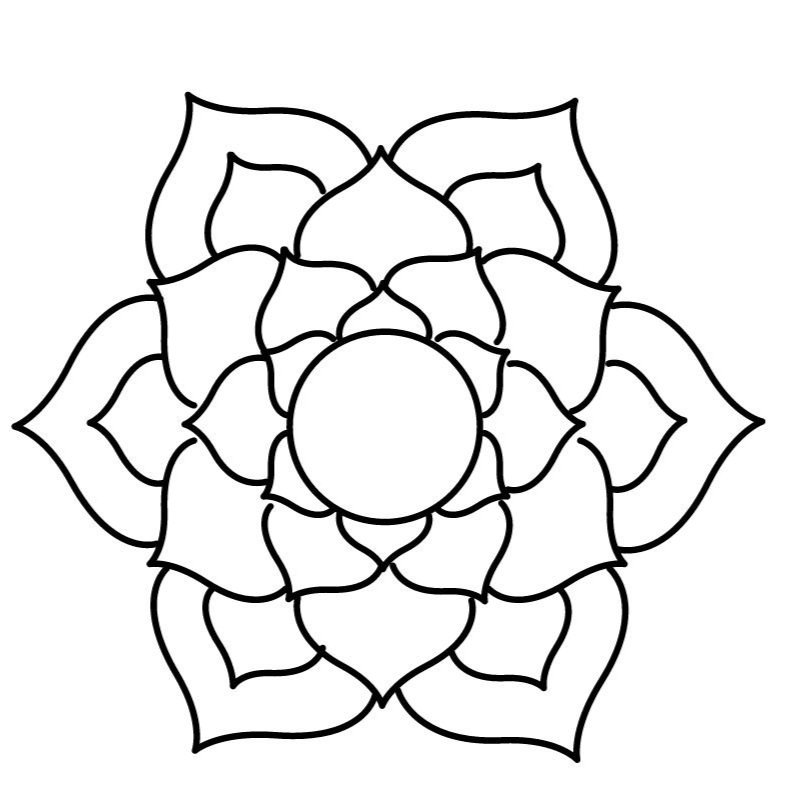Career
The end of the year, and the inevitable stock-taking of the good and the bad in our lives is upon us again, for better or worse. If you are fortunate to still have internal resources that 2020 failed to deplete, well done, consider yourself lucky. And as you browse through your annual life inventory, one of the questions that could pop (back) up might be whether or it is time to go back to the career drawing board.
I had invested fifteen years into getting advanced degrees and a career in business, when I made the decision to go back to graduate school and start all over again in the field of mental health. It felt as satisfying as putting a missing piece of an identity puzzle into its place. Finally, study and work would for me become truly vocational, rather than just pragmatic. Looking back on it now, I can see that the path to it was, in fact, an uncertain process of exploration, one that I was not fully aware of at the time.
People seem to fall into their careers as onto a conveyor belt. Except for a few lucky ones with rare talents and/or exceptionally strong callings, most of us are asked to choose what we want to be before we have had the opportunity to experience much of anything, and then spend the rest of our careers on that same path, perfecting our chosen working identity. Simmering feelings of dissatisfaction and a loss of meaning are a sign that we will soon have to decide on whether to stay where we are, or to redefine our professional selves. Let’s say we chose to do the latter; then what?
The “standard” approach might include an appointment with a career counselor and do a thorough assessment, which would include tests such as the Self-Directed Search (not the worst way to spend $9.95, if you are interested in getting your profile. My turned out to be Social-Entrepreneurial-Conventional, which I thought was decently accurate. The list of possible jobs, however, had some pretty wild entries that felt a bit more off-mark (County Agricultural Agent?)). Based on these assessment, and a few in-depth interviews, you would be asked to zoom in on one or two ideal professions, and come up with a plan on how to get yourself into one, either by landing a job or getting the necessary qualifications.
Seems like a pretty solid, structured, planned, controlled process - except, for the most part, life is actually often messy and unpredictable, and stubbornly refuses to be controlled by our well-formed plans.
So when I stumbled upon an article by Dr. Herminia Ibarra (formerly a professor at INSEAD, now at the London Business School), the authenticity of the mid-career transition experience resonated really well with what I knew to be true: we might have many career paths, and chance play a huge role in their discovery.
Prof. Ibarra’s approach is based on her studies of people who failed, and those who succeeded to successfully transition into a more fulfilling professional role mid-career. What she found was a difference in methods, rather than motivation or skill.
Conventional methods of career change often fall through because they focus on the wrong things. They ask that you first find out all the answers, such as what you and those that you know think you would be good at, and which steps to take in order to bring about a huge change. As Ibarra’s research shows, the most likely outcome of that process will be that you, at best, remain stuck, or, even worse off than when you started.
On the other hand, the success stories had one very distinct thing in common: they started by doing, rather than planning. The people that managed to eventually acquire a new working identity did so by trying it out for size, test-driving it through a series of limited-risk experiences, such as freelance assignments, or volunteering. Along the way, they also shifted their connections, by creating new professional networks in which their working identities could strengthen and grow. Similar to a scientific experiment, the information (feedback) acquired is then used to improve the process, and, if needed, correct course, until the new working identity is forged, and settled into.
In practical terms, it could look something like this: a marketing assistant/lawyer/florist/… finally admits that that their job is draining their vital energy and robbing them of a sense of purpose. Instead of throwing all their chips on starting a doggy daycare business that they believe (and have been professionally suggested) would be their ideal new career, they begin small, by dog-sitting part time, or volunteering at the local shelter. They start spending time with dog owners, and learn about what they (the future customers) look for in their sitters. They immerse themselves in this new world to find out if they like it, and what specifically they like about it. They start to build a new network of people - clients, vendors, competitors - whose experiences, insights, and even detractions, help shape the newcomer’s fledgling working identity. Until one day, it suddenly all makes sense and they realize that it all somehow came together, seemingly unnoticed, and that they are now effectively living what they had set out to do.
Sounds like something worth trying? Here is the roadmap.
Ibarra’s maps out her threefold path of career change as:
1. Crafting Experiments: Trying out new professional roles and activities on a small scale before making a major commitment to a different career path.
2. Shifting Connections: Developing contacts that can open doors to new worlds, and looking for role models and reference groups for guidance and benchmarking.
3. Making Sense: Finding or creating catalysts for change, and using them to rework your life story.
"How to Stay Stuck in the Wrong Career" by H. Ibarra, Harvard Business Review, 2002
